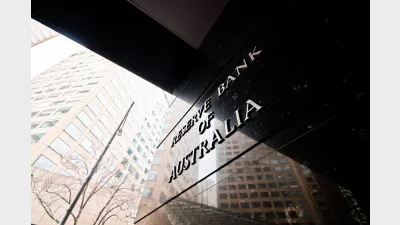ASFA points to key liquidity issues



The degree to which superannuation funds were hit by liquidity issues during the global financial crisis and how they ultimately handled them has been revealed in an Association of Superannuation Funds of Australia (ASFA) submission to the Productivity Commission’s public infrastructure review.
The ASFA assessment was revealed in that section of its submission dealing with liquidity and the obligations of superannuation funds, including with respect to retirees making withdrawal requests or superannuation funds offering pension products.
“Superannuation funds need to ensure they have sufficient liquidity to meet these payments as and when they become due,” the submission said.
It said the advent of choice for superannuation members, combined with the ready access to online functionality by members, raised the likelihood of a fund receiving significant requests for
redemptions or switches over a short time period.
“In the GFC period, we observed, in some - not all - a period where up to 50 per cent of membership looked to switch from their current option to a lower risk option,” it said. “For a fund with significant illiquid assets this presents two problems: firstly having the ready access to cash to pay out redeeming members; and secondly ensuring that remaining members are not disadvantaged by a 'fire sale’ of less liquid assets.”
The submission said regulation had also heightened the focus on liquidity risks, with APRA having placed significant emphasis on liquidity risk management in the post-GFC environment.
Recommended for you
Super trustees need to be prepared for the potential that the AI rise could cause billions of assets to shift in superannuation, according to an academic from the University of Technology Sydney.
AMP’s superannuation business has returned to outflows in the third quarter of 2025 after reporting its first positive cash flow since 2017 last quarter.
The major changes to the proposed $3 million super tax legislation have been welcomed across the superannuation industry.
In holding the cash rate steady in September, the RBA has judged that policy remains restrictive even as housing and credit growth gather pace.









